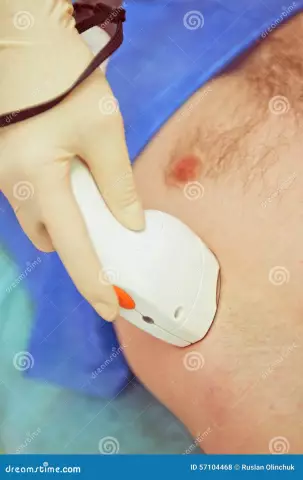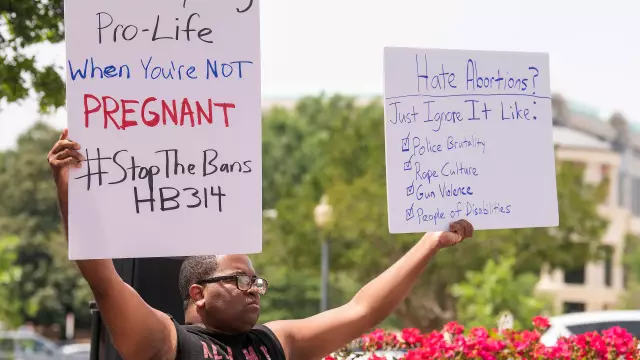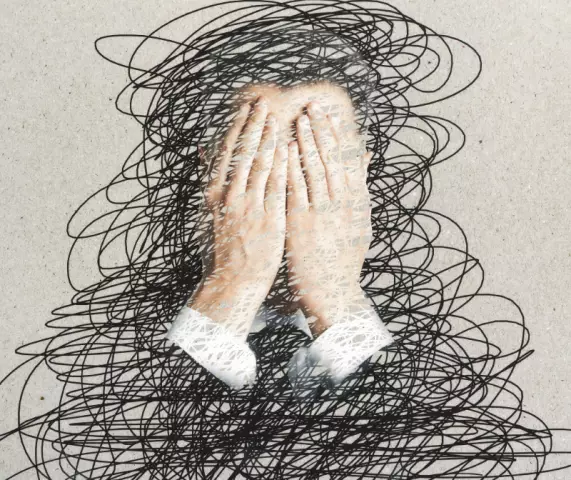- Author Rachel Wainwright [email protected].
- Public 2023-12-15 07:39.
- Last modified 2025-11-02 20:14.
Ingrown hairs after epilation

For a modern woman, hair removal from an aesthetic procedure has long turned into a hygienic one. Excessive vegetation on the body today is not just ugly, but rather already indecent. A side effect of regular hair removal can be pseudofolliculitis, or simply ingrown hair after hair removal.
Why does hair grow under the skin after epilation?
Perhaps, only soft and thin vellus hair almost never grows under the skin. Ingrown hair after epilation is the other side of the coin, a kind of tribute to nature for smooth velvety skin.
The prospect of ingrowth occurs in any part of the body where epilation is performed regularly, and hair, which by its nature tends to frizz, is most susceptible to it. Most often, ingrown hair after epilation can be seen on the legs, in the bikini and armpits, and in men on the chin and neck, that is, in the beard growth zone
Indeed, epilation, that is, constant intervention in the process of hair growth in certain parts of the body, leads to the fact that the structure of the hair changes: after shaving, especially frequent shaving, against hair growth, with a blunt blade or without emollients, it gradually becomes more rigid, and after, in fact, epilation - on the contrary, thin and lifeless.
After shaving, short hair sometimes continues to grow in the direction of the skin, as it grows, it pierces it and then grows under the skin. After hair removal, on the contrary, it gradually becomes thinner and, unable to overcome the epidermis, continues to grow under it or even curls up in the hair follicle. In such unnatural conditions, the hair begins to irritate the skin and cause inflammation.
Ingrown hair after epilation can also appear due to a large number of dead cells of the epidermis. The skin can be quite thick, both by nature and due to insufficient care. The superficial stratum corneum should be regularly removed during a hygienic shower or bath using a hard washcloth or scrub.

After epilation, ingrown hairs at an early stage of their appearance manifest themselves with redness and itching of the skin, inflammation and swelling. Then, at the site of hair growth, inflamed papules or pustules appear, in which curled hair can be seen. With inadequate response and manipulation, scars or areas with active pigmentation may develop in their place.
What to do and how to avoid ingrown hair after epilation
In the early stages and in the absence of inflammation, ingrown hairs using the same scrub or washcloth during daily hygienic water procedures can be easily removed and straightened. Do not forget about caring products for the body (cream, milk, tonic, etc.), and after epilation - disinfectants.
It is not uncommon to find numerous products that prevent active hair growth. If possible, it is better to try to do epilation (especially the legs and bikini area) in the evening before going to bed, so that you can wear not tights, but, say, pajamas made of natural materials. If the skin is still noticeably reddened, inflamed, there are purulent formations on it, then you should consult a doctor.
For the purpose of prevention, you should first try to change the method of epilation (for example, shugaring to electrolysis), regularly use various exfoliating procedures, take a warm enough shower before epilation, try to exclude shaving as the most inorganic way to get rid of vegetation on the skin. It is also worth, at least until the inflammation subsides, epilate in the direction of hair growth, so as not to increase skin irritation.
If the skin is not prone to irritation and allergic reactions, you can resort to using chemicals - various hair removal creams. It is believed that ingrown hairs appear less often after waxing if the procedure is performed in a salon by a professional. Also, professional laser hair removal is practically devoid of unpleasant consequences in the form of ingrown hairs.
Found a mistake in the text? Select it and press Ctrl + Enter.






